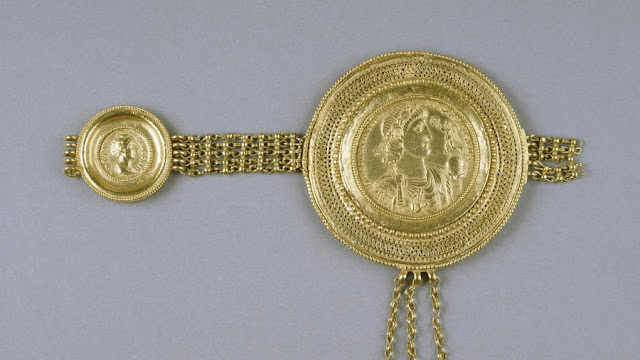The concepts of recycling and reuse are often viewed as a modern, even trendy approach to dealing with the overwhelming volume of material culture created by mankind. In the Walters’ new exhibition, Waste Not: The Art of Medieval Recycling, hidden stories behind more than 20 of the museum’s medieval art treasures are revealed through exciting discoveries about their pasts as recycled objects. It will be on view June 25 through September 18, 2016, and admission to the exhibition is free for everyone.

“I think everyone can relate to the concepts of reuse and recycling, so key in our modern world, and through this, exhibition visitors will discover how equally prevalent and important this was in the medieval era.”

[Credit: Susan Tobin/Walters Art Museum]
Roman gold and mosaic glass became resources for medieval artisans to melt down for use in their jewelry and enamels. An appreciation of earlier works of art also often led to their reuse, be it the re-carving of a beautiful Roman sculpture to fit a Christian context, or the careful removal of portraits of earlier patrons from a prayer book when it was acquired by a new family.

“Stunning and important in their own right, these works of art have unseen layers of history that can now be newly understood through modern research,” said Herbert.
Source: The Walters Art Museum [June 18, 2016]
VIA «'Waste Not: The Art of Medieval Recycling' at the Walters Art Museum, Baltimore »